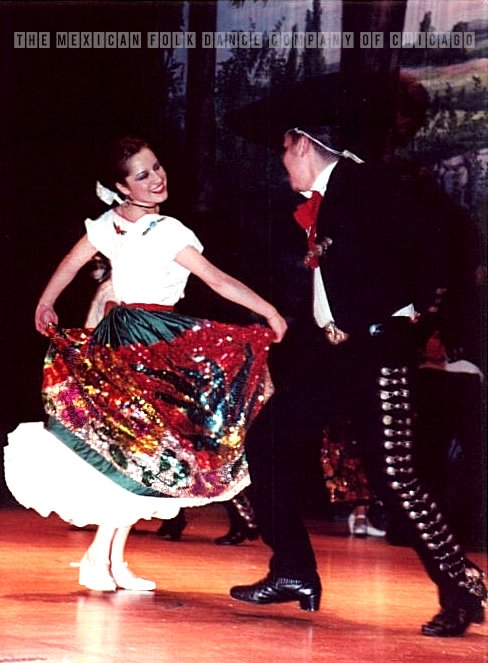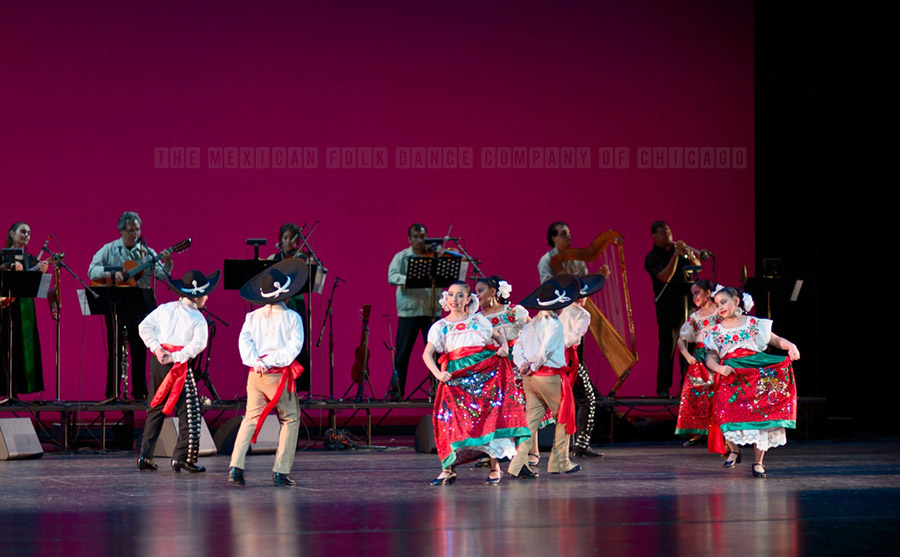National Folk Dance of Mexico
This courting Mexican dance became so popular that at one point it was declared "National Folk dance" of Mexico. This is due largely to Anna Pavlova, the great Russian Ballerina, who visited Mexico in 1919, fell in love with the culture and the spectacular costumes and decided to include the (heretofore) "Mexican Hat Dance" in her permanent repertoire.
The ecstatic Mexican cultural authorities felt that such honor could only mean that the hat dance was indeed the most important dance in Mexico. So it was decreed that it had to be danced on pointe, and wearing the "China Poblana" Outfit.
However, the much celebrated "Mexican Hat Dance" is a composition born during the revolution (1910 -?) as a form of national unity. It includes the most commanding Mexican dance forms, in a medley known as Jarabe, roughly translated as "sweet syrup"; which by the way has all dance experts at each other's throat trying to define why it is called that. The word "Jarabe" is derived from the arabian word "Xarab" which means mixture of herbs. So is the dance called Jarabe because of the sweet courtship between the couples, or because of the association between the multiple mixed ingredients and the mixture of popular local songs?


